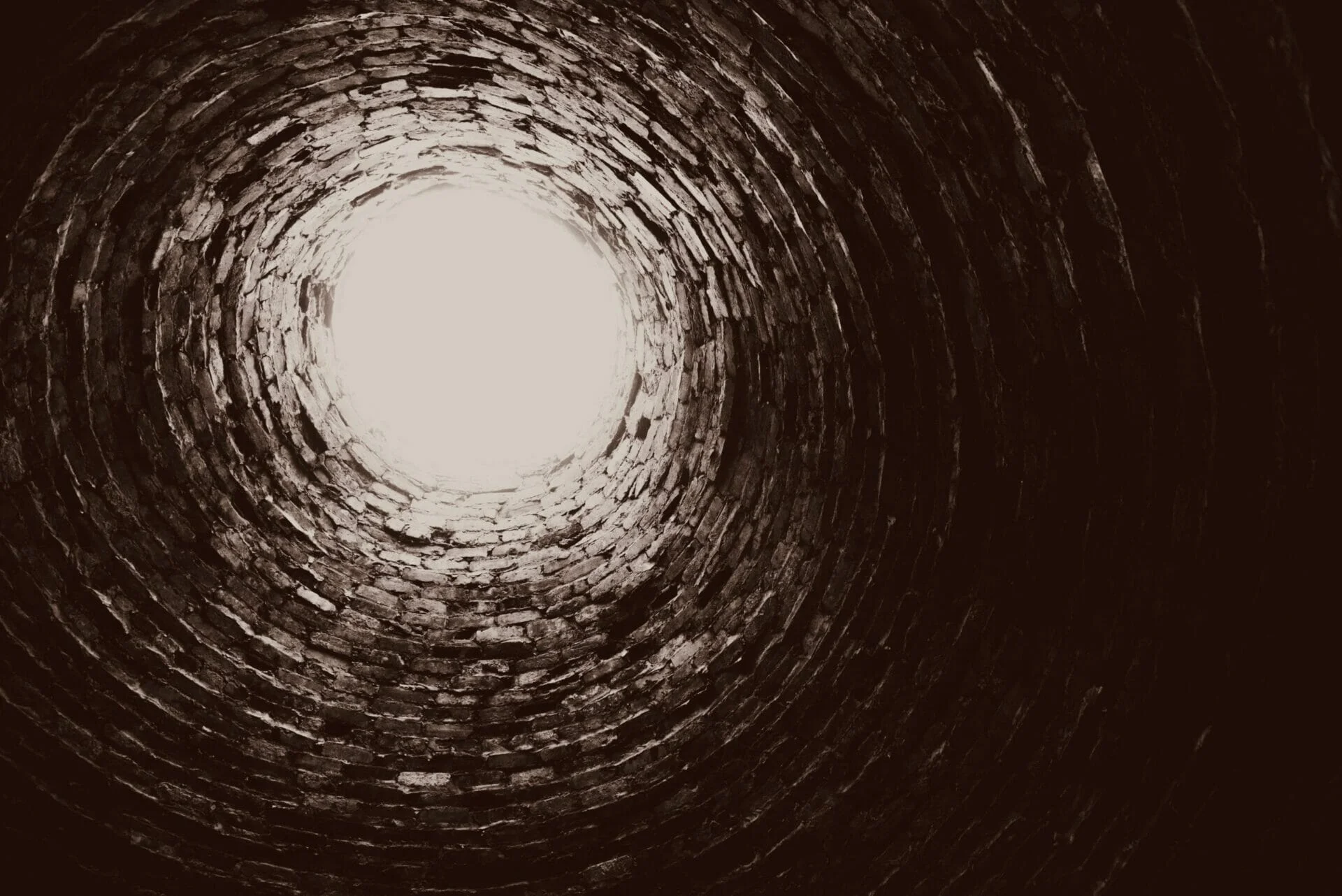
Alfredino | Reconstruction of a national tragedy
Director
Year
Country
Seasons
Runtime
Original language
Genre
Subgenre
June 10th, 1981, is a date in recent Italian history that is marked with an emotional wound. The story happens in Vermicino, near Rome. A six-year-old called Alfredo Rampi, affectionately nicknamed Alfredino, accidentally falls into an artesian well, a narrow cavity that goes dozens and dozens of meters into the ground. The operations to rescue him start immediately. Police, firemen, engineers, and speleologists. All gather to define a strategy to save the child under the desperate eyes of his parents, Franca and Ferdinando.
But things don’t go as expected. Many difficulties start haunting the rescue. The structure of the soil, and the shape of the well, are too narrow for an adult to pass through. But most of all, time. Alfredino suffers from heart disease that shortens the number of hours he can be left unattended. Unfortunately, what everyone expects to be a story of salvation and life, three days later, results in death.
In 2021, forty years later, Alfredino – An Italian Story tries to reproduce the events of those painful days.
The renounce of sensationalism
If that day a coup d’état had occured, people would have said: “That’s fine, but let me see what happens in Vermicino”.
Emilio Fede, ex-director of an Italian national newscast
Pornography of pain is an expression born in the following years to describe how the media reported events. Uninterrupted live coverage, morbid delivery of anguishing moments, and constant comments on the emotional state of the main protagonists. All the eyes of Italy tuned in to their televisions. Someone defined it as “a terrifying reality show”.
The show’s writers, Barbara Petronio and Francesco Balletta, together with the director Marco Pontecorvo, had a difficult challenge. They had to tell the story of a tragedy without staging a melodrama. It was a risk to choose to shoot it as fiction instead of a documentary. But the Italian audience was already over-fed with pictures and videos from those horrible days. So they decided to examine those materials to deliver a realistic narration. As a result, Alfredino turns out to be thorough but not indulgent, avoiding macabre details or exasperating feelings. It renounces sensationalism to build tension on a more fundamental principle. The spectator knows what will happen and watches the progression of events with a stifling sense of the inevitable. Nothing is stressed or emphasized: each scene is an equally-worth tile in a more extensive mosaic.
Two kinds of claustrophobia
The choices of direction are crucial in building the atmosphere. In Alfredino, there are two main protagonists: the well and the crowd. The spectator never sees Alfredino once he’s fallen into the well. What he sees is the numerous attempts of descent. Sweaty and red bodies slid into the culvert, at first gushing with hope, then emerging defeated. The camera captures the narrowness of the well, and the asperity of the walls, picturing the superficial world as a disk of light, where some faces overlook in worry.
However, the outside is not a vast and comforting place. The site of the incident is packed with people, not only authorized personnel. Journalists, politicians, meddling people: everyone wants to be a witness of the rescue. Plus, the crowd is not silent: they whisper, talk, and scream, standing where they shouldn’t and judging both choices and behaviors. The crowd becomes another enemy, hindering every attempt of assistance. The main characters are never alone on screen: they always have to make their way through the multitude—an equally claustrophobic scenario to the artesian well.
Pay attention to what comes next
Alfredino doesn’t end with the death of Alfredo Rampi, nor with the pain of his mother Franca Bizzarri (Anna Foglietta). It closes with a social and political message.
After the intense focus on Franca’s resilience, the story shifts toward the creation of the Civil Protection – a social corpus born right after this tragedy. Italian institutions realized there wasn’t enough coordination among the aid forces when it came to sudden dangerous situations. Civil Protection, with the tireless work of Alfredo’s mum, soon became an organizational structure that deals with every kind of emergency to date.
Tag






